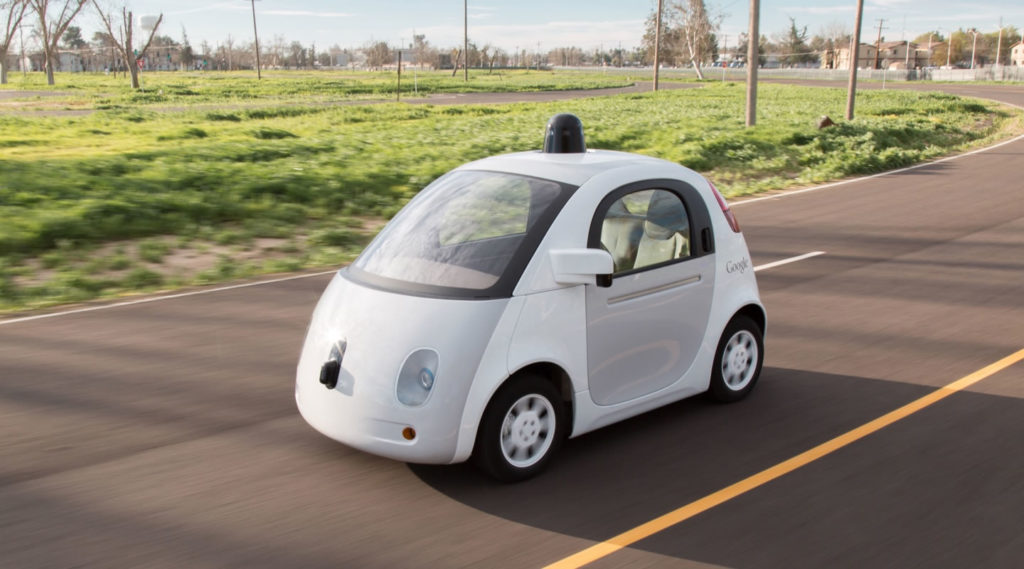What you need to know about self driving cars
- August 9, 2016
- Category: Cars, Detailing

You’re about to head on vacation, but you’re dreading the 7 hour drive to your destination. It’s always exhausting keeping your eyes on the road that long. Sometimes you switch off with the passenger, but even three and a half hours is a lot. Imagine, in the near future, that you’ll be able to nap or watch your favorite shows while the car drives itself to your destination.
The news has been bustling lately with the excitement and awe of self driving cars. The concept is an amazing one, after all, how many accidents are due to human error or negligence? What about a car that never goes past the speed limit and never gets lost?
Autonomous cars have been around a little longer than you think. Experiments have been conducted since at least the 1920s, but the first true autonomous cars appeared in the 1980s. Since then, many automobile manufacture’s began working on autonomous cars, but only recently have autonomous cars become a possibility for the average Joe.
So how safe are autonomous cars? As of right now, they seem pretty safe, but there are only a limited number of self-driving cars on the road. Google in particular has test driven their fleet of driverless cars in autonomous mode around 1.5 million miles, as of March 2016. As of June 2015, there had been a recorded 12 collisions with the google cars, 8 of which were rear ended, 2 side swiped, 1 where another driver ran through an intersection and one was when the driver was in charge of the car. So, in short, all 12 accidents were not at the fault of the autonomous car. However, more recently, there have been crashes where the autonomous car seemed to be at fault. On February 14th of this year, a Google self-driving car switched lanes to avoid sandbags on the road and put itself in the way of an oncoming bus. The bus was going approximately 15 mph at the time of the collision, and Google’s car was going around 2 mph. No injuries were reported.
More recently, in early July, the first fatal death involving a Tesla occurred. So far, however, it does not seem as if the Tesla Autopilot feature was the cause of the accident.
When will we begin to see autonomous cars on the road? Most CEO’s of the automobile industry expect it to be around 2020. Some experts in the field have calculated that 10 million self-driving cars will be on the road by 2020.
What does this mean? Well, laws will need to be updated and replaced. Most taxi and taxi-like services will quickly be replaced. Job losses could be substantial. Autonomous vehicles rely heavily on GPS, so a few moments where GPS signal is lost could be disastrous. However, fewer accidents would likely occur. Transportation would be accessible to everyone, meaning that children, senior citizens and the visually impaired would be able to easily navigate where they need to go. Parking scarcity would no longer exist, as the car could simply drop you off and drive around until you were finished if need be. Better management of traffic would occur, and fewer cars would be on the road as a family would likely only need one vehicle as the car could drive back to the house. Time that would have been spent driving could be spent doing other, more productive things as well.
Self-driving cars are still years away, and even then they’ll be an uncommon occurrence on the open road for many years to come. As for now, enjoy your car and the time you spend driving it.
